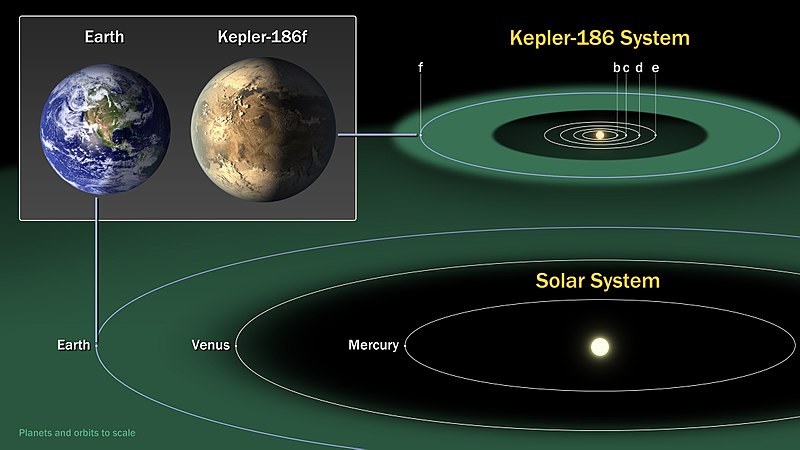File:Kepler186f-ComparisonGraphic-20140417.jpg
Appearance

Size of this preview: 800 × 450 pixels. Other resolutions: 320 × 180 pixels | 640 × 360 pixels | 1,024 × 576 pixels | 1,280 × 720 pixels | 2,560 × 1,440 pixels | 4,534 × 2,550 pixels.
Original file (4,534 × 2,550 pixels, file size: 2.42 MB, MIME type: image/jpeg)
File history
Click on a date/time to view the file as it appeared at that time.
| Date/Time | Thumbnail | Dimensions | User | Comment | |
|---|---|---|---|---|---|
| current | 19:43, 20 May 2016 |  | 4,534 × 2,550 (2.42 MB) | MarioProtIV | Reverted to version as of 18:46, 17 April 2014 (UTC): Not English |
| 19:16, 1 September 2014 |  | 4,534 × 2,550 (1.06 MB) | Fobos92 | . | |
| 18:46, 17 April 2014 |  | 4,534 × 2,550 (2.42 MB) | Drbogdan | User created page with UploadWizard |
File usage
The following 2 pages use this file:
Global file usage
The following other wikis use this file:
- Usage on ar.wikipedia.org
- Usage on ast.wikipedia.org
- Usage on ca.wikipedia.org
- Usage on ca.wikinews.org
- Usage on de.wikipedia.org
- Usage on es.wikipedia.org
- Usage on fr.wikipedia.org
- Usage on fr.wikinews.org
- Usage on he.wikipedia.org
- Usage on hr.wikipedia.org
- Usage on it.wikipedia.org
- Usage on ja.wikipedia.org
- Usage on no.wikipedia.org
- Usage on pl.wikipedia.org
- Usage on pt.wikipedia.org
- Usage on uk.wikipedia.org
- Usage on vi.wikipedia.org
- Usage on www.wikidata.org
- Usage on zh-yue.wikipedia.org
- Usage on zh.wikinews.org



